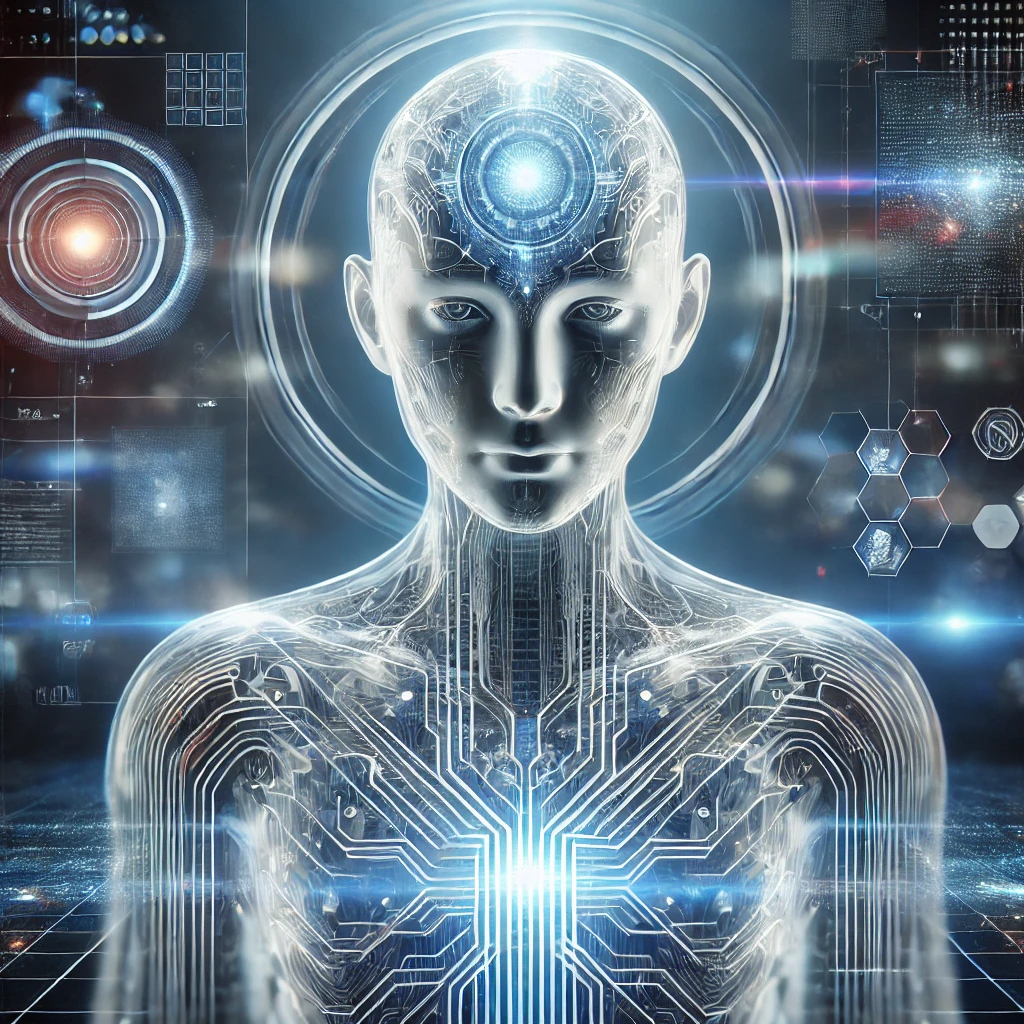Artificial Intelligence (AI) is no longer a concept confined to science fiction; it has become a crucial part of our daily lives, from virtual assistants like Siri and Alexa to sophisticated algorithms that power recommendations on platforms like Netflix and Amazon. As AI continues to evolve, it’s important to understand what it is, how it works, and its potential impact on society.
What is Artificial Intelligence?
Artificial Intelligence refers to the simulation of human intelligence in machines that are programmed to think and learn like humans. It encompasses a wide range of technologies and methodologies, from simple rule-based systems to advanced machine-learning algorithms. AI aims to create systems that can perform tasks requiring human intelligence, such as recognizing speech, making decisions, and understanding natural language.
Types of AI
AI can be broadly classified into three categories:
Narrow AI (Weak AI):
- Definition: Systems designed and trained for a specific task.
- Examples: Voice assistants (Siri, Alexa), recommendation systems (Netflix, Amazon), and autonomous vehicles.
- Characteristics: Limited to predefined functions, lacks generalization.
General AI (Strong AI):
- Definition: Hypothetical systems with the ability to understand, learn, and apply intelligence across a broad range of tasks, similar to human cognitive abilities.
- Examples: As of now, General AI remains theoretical and has not been achieved.
- Characteristics: Flexible and adaptable, capable of reasoning and problem-solving across various domains.
Artificial Superintelligence:
- Definition: A level of AI that surpasses human intelligence across all fields, including creativity, general wisdom, and problem-solving.
- Examples: Currently speculative and theoretical.
- Characteristics: Would have unprecedented capabilities, raising significant ethical and safety concerns.
Key Technologies in AI
Machine Learning (ML):
- Definition: A subset of AI that involves training algorithms on data to make predictions or decisions without being explicitly programmed.
- Techniques: Supervised learning, unsupervised learning, reinforcement learning.
- Applications: Image recognition, natural language processing, fraud detection.
Natural Language Processing (NLP):
- Definition: A field of AI focused on the interaction between computers and humans through natural language.
- Applications: Chatbots, language translation, sentiment analysis.
Computer Vision:
- Definition: A field of AI that enables machines to interpret and make decisions based on visual input from the world.
- Applications: Facial recognition, object detection, medical imaging.
Robotics:
- Definition: The design and use of robots for tasks that can be performed autonomously or semi-autonomously.
- Applications: Industrial automation, medical surgery, household robots.
How AI Works
AI systems often rely on large datasets and complex algorithms. Here’s a simplified overview of how an AI system is typically developed:
Data Collection:
- Gather and preprocess relevant data. The quality and quantity of data significantly impact the performance of AI systems.
Model Training:
- Use algorithms to train models on the data. This involves feeding the data into the model and adjusting its parameters to minimize errors.
Evaluation:
- Test the model on unseen data to evaluate its performance and make adjustments as needed.
Deployment:
- Integrate the trained model into applications where it can make real-time predictions or decisions.
Monitoring and Maintenance:
- Continuously monitor the system’s performance and update it with new data or algorithms to maintain accuracy and effectiveness.
The Impact of AI on Society
AI’s influence on society is profound and multifaceted:
Economic Impact:
- Job Creation and Displacement: While AI can automate certain tasks, leading to job displacement in some sectors, it also creates new job opportunities in tech and related fields.
- Productivity and Efficiency: AI enhances productivity across various industries, leading to economic growth and efficiency improvements.
Healthcare:
- Diagnostics and Treatment: AI aids in diagnosing diseases, personalizing treatments, and predicting patient outcomes.
- Operational Efficiency: Streamlines administrative tasks and improves operational efficiency in healthcare facilities.
Ethical and Social Concerns:
- Bias and Fairness: AI systems can perpetuate or even exacerbate existing biases present in the data they are trained on.
- Privacy and Security: The use of AI raises concerns about data privacy and the security of personal information.
Education:
- Personalized Learning: AI can create personalized learning experiences, adapt educational content to individual needs, and provide valuable insights to educators.
The Future of AI
The future of AI holds exciting possibilities and challenges. Continued advancements in AI technologies promise further improvements in various domains, from healthcare to entertainment. However, it is crucial to address ethical, legal, and societal implications to ensure that AI is developed and deployed responsibly.
Conclusion
Artificial Intelligence is transforming the world in unprecedented ways, offering remarkable opportunities while presenting significant challenges. By understanding its fundamentals, potential applications, and impacts, we can better navigate the evolving landscape of AI and harness its power for the benefit of society. As we move forward, fostering collaboration between technologists, policymakers, and the public will be key to ensuring that AI develops in a manner that is ethical, equitable, and aligned with human values.

